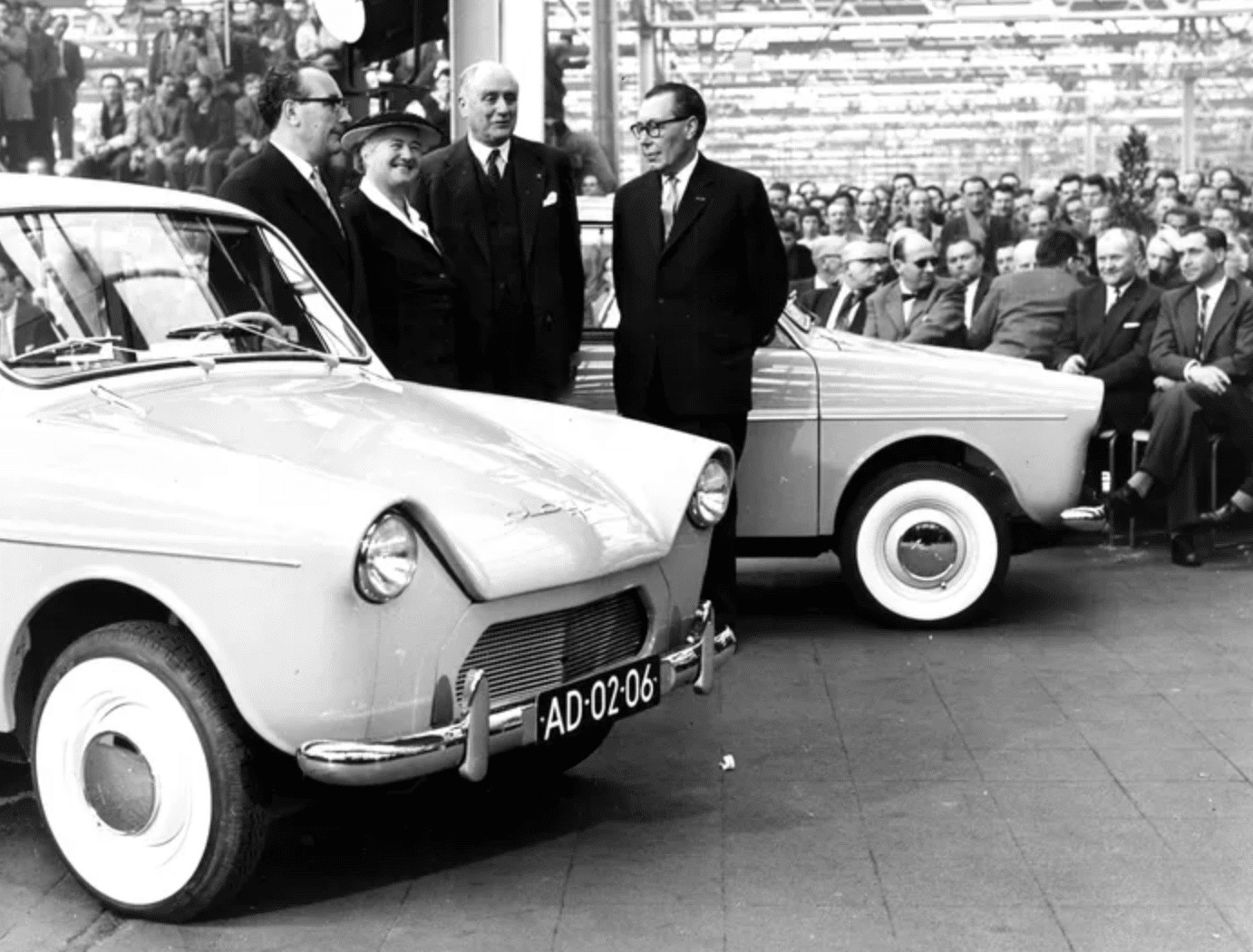The DAF, a Dutch car known for its innovative “Variomatic” automatic transmission, revolutionized driving in the mid-20th century. This groundbreaking technology made DAF cars incredibly easy to operate, appealing to a wide range of drivers. Let’s delve into the history and unique features of the Daf Automatic.
The Variomatic Transmission: A Driving Revolution
DAF’s “Variomatic” continuously variable transmission (CVT) was the key to its success. This system, unlike traditional automatic transmissions, allowed for seamless shifting and effortless acceleration. DAF’s marketing campaign cleverly highlighted this simplicity with the slogan “Forwards to go forwards, back to go back.” This user-friendly design even helped DAF gain a foothold in the American market with the tagline “Shift to DAF – you’ll never shift again.” The Variomatic offered a truly unique driving experience, eliminating the need for manual gear changes.
From Humble Beginnings to Automatic Innovation
The origins of DAF can be traced back to a small repair workshop founded in 1928 by Hubert van Doorne. Eventually evolving into Van Doorne’s Automobiel Fabriek (DAF), the company unveiled its first automatic car, the DAF 600, at the 1958 Dutch car show. This debut model was met with enthusiasm, particularly for its fuel efficiency and practical design.
The DAF 600, introduced in 1958, marked the beginning of DAF’s automatic transmission legacy.
The Rise and Fall of the DAF Automatic
In 1967, DAF expanded with a new factory in Born, Limburg, producing over 800,000 vehicles. The Variomatic transmission attracted a broad audience, including housewives, nurses, older individuals, and those with disabilities, due to its ease of use. However, this accessibility led to the DAF being perceived as a car for older drivers. In an attempt to rebrand, DAF ventured into motorsport, leveraging the Variomatic’s unique ability to reverse as fast as it could go forward. This led to the popular “achteruitrijden” (reverse driving) races in the 1970s.
The DAF 31, also known as the Daffodil 31, was a popular model in the 1960s.
Despite its innovative technology and marketing efforts, DAF struggled with model naming (the “Daffodil” being a prime example) and eventually ceased car production in the 1980s. The car division was sold to Volvo, allowing DAF to focus on its successful truck business.
The DAF Automatic Legacy
While DAF cars are no longer in production, their innovative Variomatic automatic transmission left a lasting mark on the automotive industry. The DAF automatic represented a significant advancement in driving technology, making cars more accessible and user-friendly. Though often seen as a quirky piece of Dutch automotive history, the DAF and its automatic transmission hold a special place in the evolution of the car.


